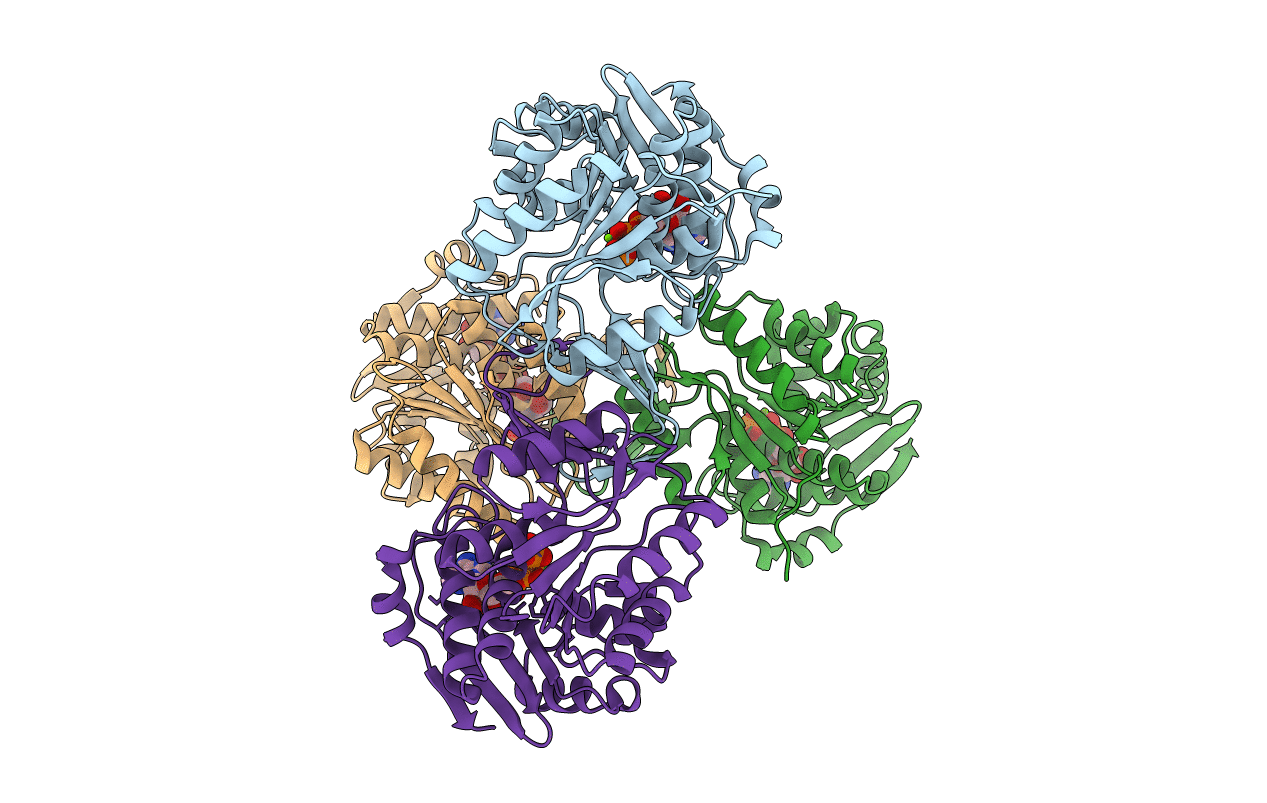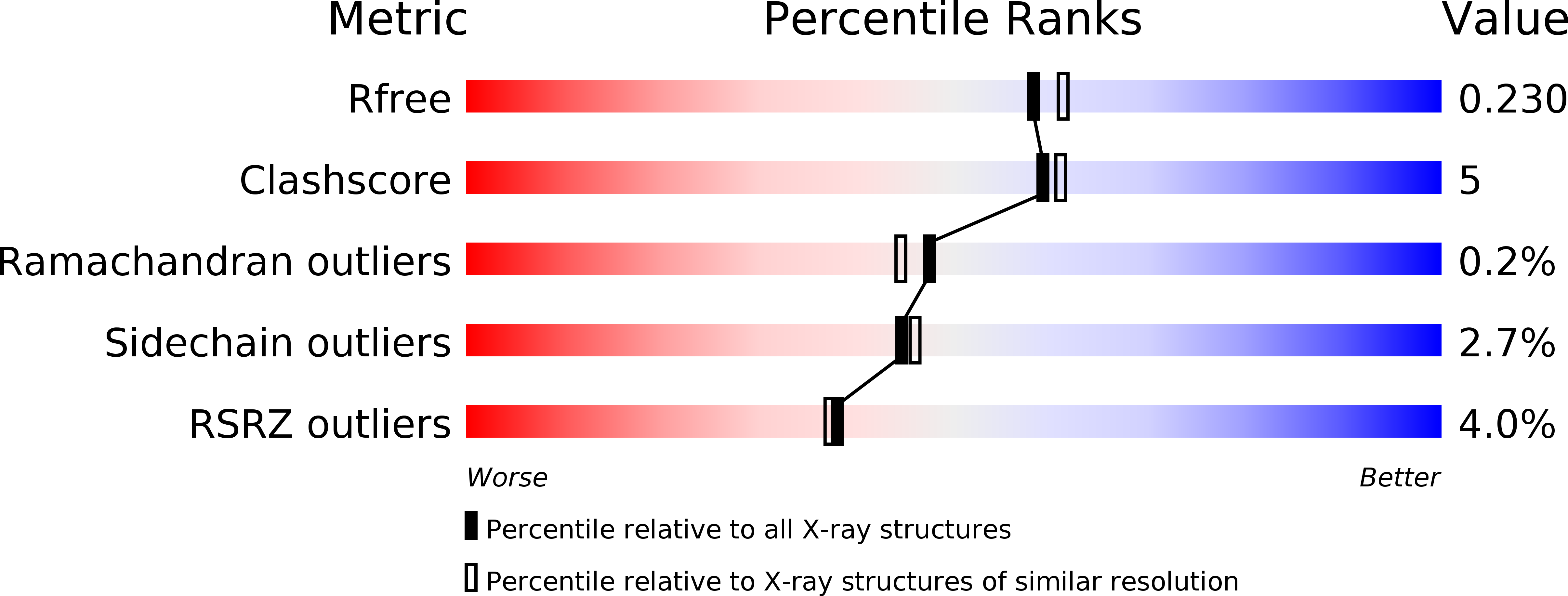
Deposition Date
2007-02-07
Release Date
2007-04-24
Last Version Date
2024-11-13
Entry Detail
PDB ID:
2JG1
Keywords:
Title:
STRUCTURE OF Staphylococcus aureus D-TAGATOSE-6-PHOSPHATE KINASE with cofactor and substrate
Biological Source:
Source Organism:
STAPHYLOCOCCUS AUREUS (Taxon ID: 93061)
Host Organism:
Method Details:
Experimental Method:
Resolution:
2.00 Å
R-Value Free:
0.23
R-Value Work:
0.19
R-Value Observed:
0.19
Space Group:
P 21 21 21


